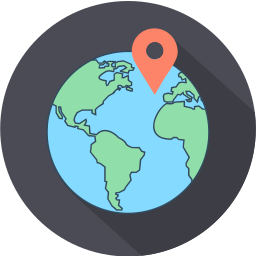
The Pirate party starts in Sweden – reaches EU-parliament in three years
Rickard Falkvinge, Pirate party founder and first leader, writes a chat message in a Direct Connect hub on New Year's Day in 2006, announcing the launch of the Pirate party and his new web site. What happened next came as a surprise to him, and everybody else.
How was the Pirate party founded?
The Pirate party founder and first leader, Rickard Falkvinge, writes a chat message on January 1, 2006.
Piratpartiet.se opens at 20.30 on January 1st and had seen 75 000 hits six hours later. During the first 24 hours, piratpartiet.se had over 1 million hits.
In 2006, when the party was founded, the goal was to get into the EU parliament in the 2009 Swedish EU elections, and needed to reach 225.000 votes. Their political work focused on privacy, free culture and the abolishing of copyright laws.
Gets large play in media
During 2008-2009 there were several debates in Sweden where the Pirate party were in focus. The FRA law, the Ipred law, and the court battle with The Pirate Bay gave the Pirate party a huge media focus before the elections for EU parliament. They also gained many new members and support for their policies.
When the votes were counted after the elections in 2009, the Pirate party had gotten 7.1 percent of the votes. This meant that the party received one seat in the European parliament, which went to Christian Engström. In 2011 the party got one more seat after changes in the Lisbon treaty.
But in the following elections of 2014 the Pirate party fared worse. They campaigned to keep or expand their seats in the parliament, but dropped to 2.2 percent and lost both of their seats. In the next election to Swedish parliament, their support dropped from 0.65 percent in 2010 to 0.43 percent.

